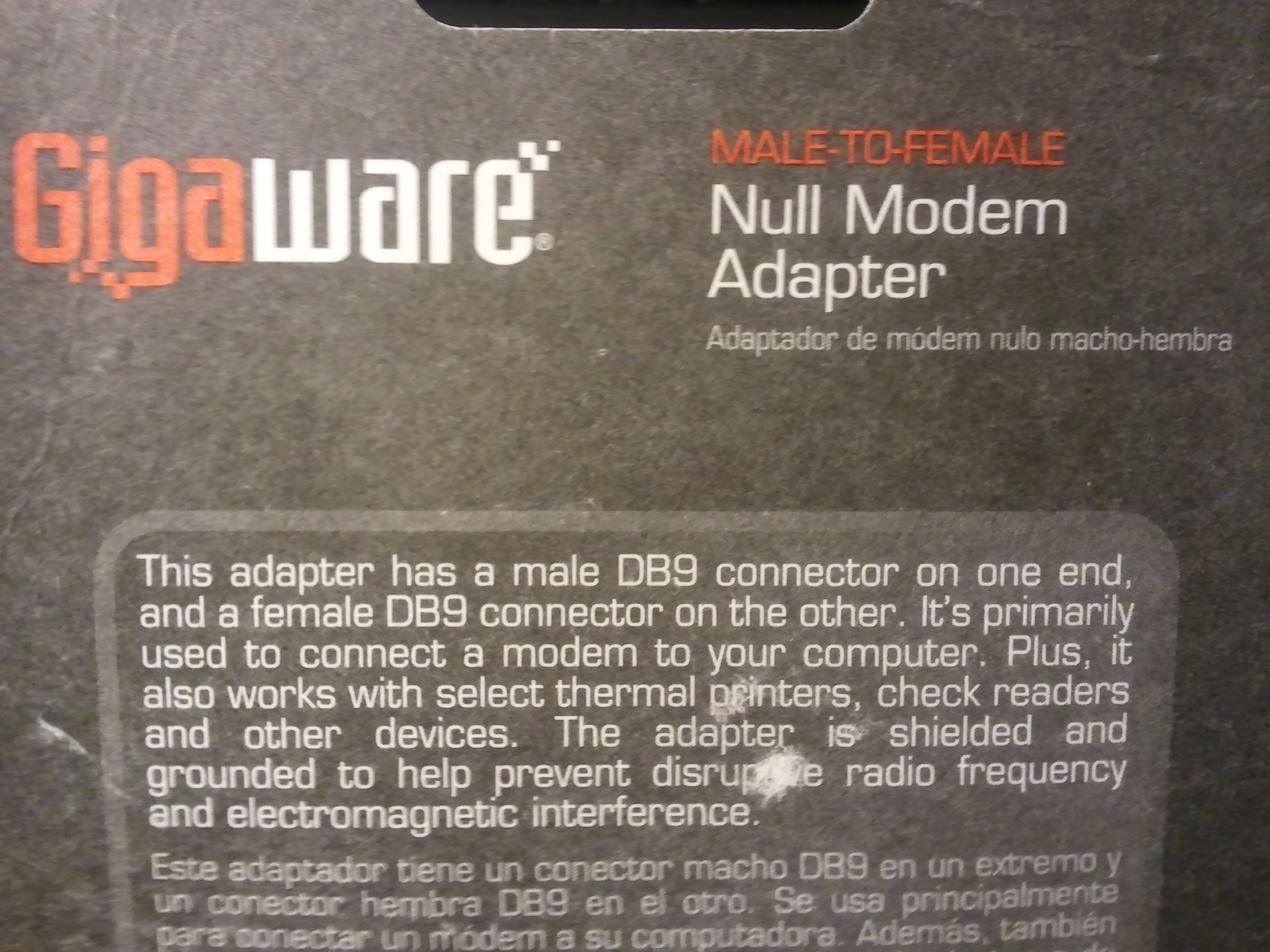The Système International d’unités (or SI, or the “Metric” system) is still less than popular in the U.S. My guess is that this is due to a lack of familiarity, or just basic intellectual inertia: people are most comfortable with what they already know.
If you do much serious scientific or engineering work, though, the problem of unit conversion comes up constantly (pardon the pun). Working in electronics, unit conversion is needed to determine how long a particular capacitor will power a microcontroller at a given current draw, or what value of resistor is needed in order to limit current through an LED to an acceptable value.
This is where SI units really start to become useful. For example, take the following statement of equivalencies, found in the Wikipedia article on the farad (the SI unit of capacitance):
At first, all this doesn’t look very simple. But look closer. There are no conversion constants! No “12 inches to the foot,” no “5,280 feet to a mile,” no “divide by this weird, irrational magic number to make the units fit.” Numerically (without the units), the whole statement above just says 1 = 1 = 1 = 1 = 1 = 1 = 1 = 1 = 1 = 1. Everything just works!
It took a lot of work to come up with a set of units that all work together like this (a cube ten centimeters on a side has a volume of one liter; fill it with water and it has a mass of one kilogram; accelerating it at one meter per second per second requires a force of one Newton etc). All of the conversions are either one-to-one, or based on some power of ten. There are a few arbitrary choices (water tying the kilogram to the meter etc), but the whole system is very numerically consistent.
Pop quiz: How many inches in a mile? You’d need a calculator, or at least a pencil and paper to find out that it’s 63,360 — and that’s if you remember the conversions.
Now try it in metric: How many centimeters in a kilometer? Easy: 1000 meters in a kilometer, and 100 centimeters to the meter. The answer is 100,000.
It’s not a Big Liberal Plot — it just makes doing science and engineering a lot easier.




